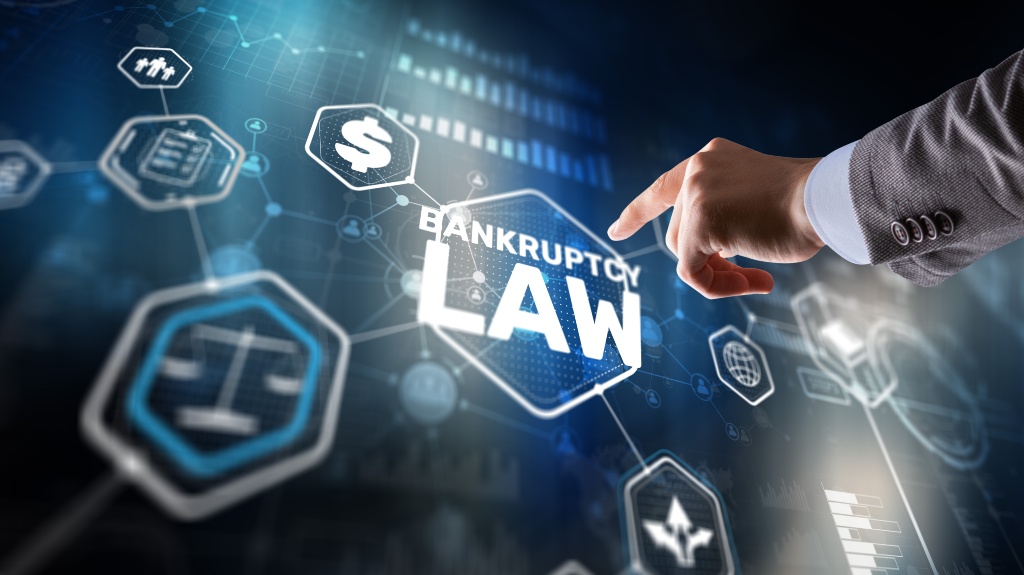Bankruptcy can be a complicated process, but it is beneficial for individuals who are struggling with debt. It offers a structured path to financial stability for individuals who otherwise would have struggled to get there. One key aspect of the bankruptcy process is automatic stay. The automatic stay is a powerful legal tool that immediately spots most collection actions by creditors as soon as a bankruptcy case is filed. In this blog, we will be going over what the automatic stay in bankruptcy cases is and what protections it offers.

What is the Automatic Stay?
According to U.S. bankruptcy law, the automatic stay is a legal mechanism that immediately stops most creditors from seeking collection actions against a debtor once a bankruptcy case is filed. It’s designed to give debtors a break from ongoing collection activities and give them time to assess their financial situation.
The automatic stay stops a wide range of creditor actions, including:
- Lawsuits
- Wage garnishments
- Foreclosure proceedings
- Repossessions
- Collection calls
When Does the Automatic Stay Go Into Effect?
The automatic stay starts as soon as you file for bankruptcy. You don’t need to wait for any judge or court to approve it, the moment your bankruptcy paperwork is submitted, the protection is in place. It’s like a protective shield that goes up the second you file, giving you some breathing room to focus on your next steps without the constant pressure of creditors knocking on your door. This immediate relief helps ease the stress of the bankruptcy process right from the start.
What the Automatic Stay Doesn’t Cover
The automatic stay can cover a wide range of creditor acts during the bankruptcy process however, it doesn’t cover everything. Here are some situations the automatic stay does not cover:
- Criminal Proceedings: If you’re facing criminal charges or penalties, these proceedings will continue and will be unaffected by the bankruptcy filing.
- Certain Tax Liabilities: The automatic stay does not prevent tax audits or stop the IRS from demanding payment for recent taxes. The IRS can also continue to collect certain tax liens during bankruptcy.
- Domestic Support Obligations: Payments like child support and alimony are not protected under the automatic stay. You must continue paying these payments even while in bankruptcy.
Duration of the Automatic Stay
The duration of the automatic stay depends on which type of bankruptcy is being filed. In Chapter 7 bankruptcy, the automatic stay remains in effect until the bankruptcy court discharges your debts, which usually happens within a few months after filing. For Chapter 13 bankruptcy, the automatic stay continues throughout the Chapter 13 repayment plan, which can be three to five years.
However, there are certain circumstances that can affect how long the automatic stay remains in effect. One situation is if you have filed for multiple bankruptcies in a short period of time. If you file for bankruptcy a second time within a year of a prior filing, the automatic stay may only remain in effect for 30 days. Additionally, creditors can file motions with the court to lift the stay for certain reasons. For example, if a debtor has failed to comply with bankruptcy requirements or if the creditor has a secured interest in property.
Protecting Your Rights During Bankruptcy
The automatic stay provides extra protection to debtors during the bankruptcy process. While they are already struggling with the amount of debt they have, this process allows most collection actions like wage garnishments, lawsuits, and foreclosure proceedings to stop. By understanding automatic stays, individuals who are dealing with bankruptcy can feel less financial pressure and focus on getting back on track financially.
If you are considering bankruptcy, contact the legal team at Duncan & Brow, Attorneys at Law, LLLP, today. Our experienced attorneys can guide you through the filing process and ensure your rights are protected under the automatic stay, helping you take the first steps toward financial recovery.


